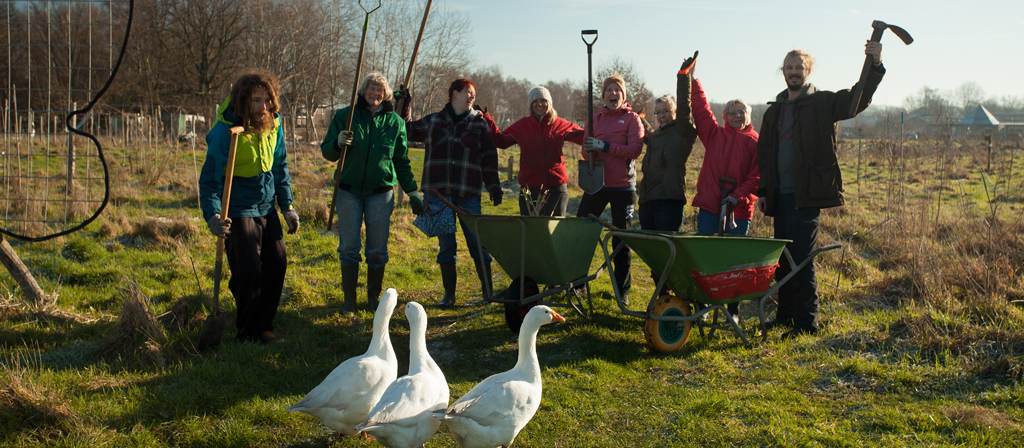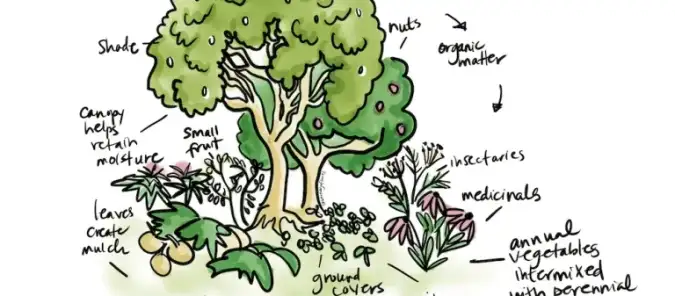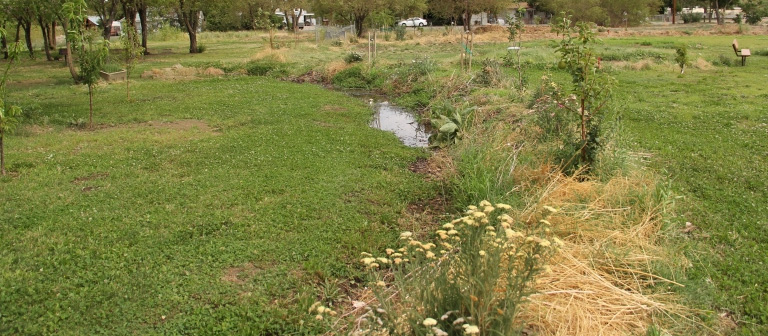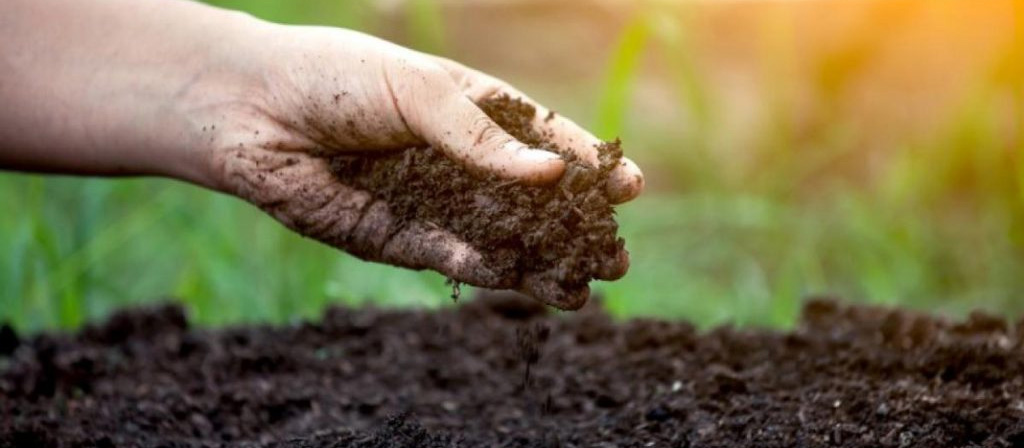Categories > Garden Design and Planning
Designing a Permaculture Garden: A Step-by-Step Guide
In the realm of sustainable gardening, permaculture stands out as a holistic and eco-friendly approach that harmonizes with nature rather than imposing on it. Creating a permaculture garden involves thoughtful planning, observation, and a commitment to working with the natural environment. In this step-by-step guide, we'll explore how to design a permaculture garden that not only yields bountiful harvests but also nurtures the ecosystem.
Step 1: Site Analysis
Before breaking ground, take the time to thoroughly assess your site. Consider the climate, soil type, topography, and existing vegetation. Understanding these elements will guide your decisions in selecting plants and designing the layout of your permaculture garden. Make note of sunlight patterns, wind direction, and water flow to optimize the placement of various elements.
Step 2: Zone Planning
Permaculture employs a zoning system that categorizes elements based on their frequency of use and need for maintenance. Zone 1, the most intensively managed area, is closest to the house and is ideal for high-maintenance plants and frequently visited elements like herbs and vegetables. As you move outward to Zone 5, which requires minimal maintenance, consider incorporating wild and native plants to enhance biodiversity.
Step 3: Guild Planting
Central to permaculture design is the concept of guild planting, where plants are strategically grouped to support each other's growth. Create guilds by selecting a central plant, often a fruit tree, and surround it with complementary plants that provide nitrogen fixation, pest control, and other beneficial functions. For example, planting nitrogen-fixing legumes like peas or beans around fruit trees enhances soil fertility naturally.
Step 4: Water Management
Efficient water use is critical in permaculture design. Implement strategies such as swales, which are shallow ditches designed to capture and redirect water, preventing soil erosion and promoting water infiltration. Utilize rain barrels or other water catchment systems to harvest rainwater for irrigation. Integrating drought-resistant plants and mulching can also minimize water requirements.
Step 5: Polyculture and Diversity
Permaculture gardens thrive on biodiversity. Avoid monoculture and instead embrace polyculture by growing a variety of crops that support each other. Diverse plantings deter pests, enhance soil health, and create a resilient ecosystem. Integrate perennial plants alongside annuals, and include flowers that attract pollinators to boost overall garden health.
Step 6: Companion Planting
Companion planting involves placing mutually beneficial plant species in close proximity to enhance growth and repel pests. For instance, planting basil near tomatoes can improve tomato flavor and repel certain pests. Research companion planting guides to maximize the synergies between different plant species in your permaculture garden.
Step 7: Wildlife Habitat Creation
A permaculture garden is not just for humans; it's a haven for wildlife as well. Design your garden to attract beneficial insects, birds, and other creatures that contribute to the overall balance of the ecosystem. Incorporate features like bird baths, insect hotels, and native plantings to encourage biodiversity and create a thriving habitat for pollinators.
Step 8: Mulching and Soil Health
Mulching is a fundamental practice in permaculture gardening. Covering the soil with organic mulch helps retain moisture, suppress weeds, and improve soil structure. Additionally, focus on building healthy soil through composting, cover cropping, and minimal soil disturbance. Healthy soil teeming with microorganisms contributes to plant vitality and resilience.
Step 9: Energy-Efficient Design
In permaculture, the concept of energy efficiency extends beyond the garden itself. Consider the energy inputs required for maintenance, such as watering, and design your garden to minimize the need for external inputs. Utilize passive solar design principles to optimize sunlight exposure and reduce the need for artificial lighting.
Step 10: Continuous Observation and Adaptation
A permaculture garden is a dynamic and evolving system. Regularly observe and assess how different elements interact and adapt your design accordingly. Pay attention to plant performance, pest dynamics, and overall ecosystem health. By staying attuned to the changing conditions, you can make informed decisions to improve the resilience and productivity of your permaculture garden.
In conclusion, designing a permaculture garden involves a thoughtful and observant approach that goes beyond traditional gardening methods. By embracing principles of sustainability, biodiversity, and ecological harmony, you can create a garden that not only provides a bountiful harvest but also contributes to the health of the environment. Follow these steps, stay connected with nature, and watch as your permaculture garden flourishes into a vibrant and self-sustaining ecosystem.
Newsletter




